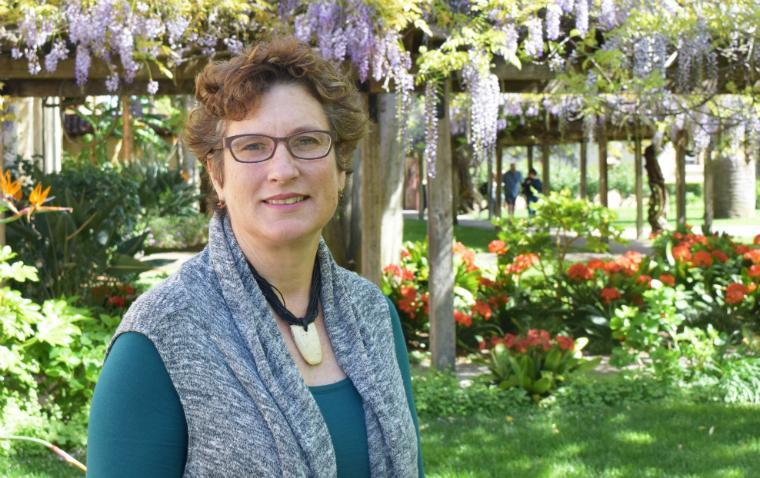
Faculty Summer Plans
For ESS faculty, summer is not really time off—it’s time when we can focus on our scholarship without the distractions of teaching. Here’s a list of what your favorite teachers will be doing this summer:
Chris Bacon will lead a team of three student research assistants to Eteli, Nicaragua, where, in addition to engaging in cross-cultural exchange, they will monitor water quality and conduct household surveys. He will also be mentoring three Global Social Benefit Fellows working with the ASDENIC program in Nicaragua this summer.
John Farnsworth will be spending time at the Hastings Natural History Reservation in Carmel Valley, observing the cooperative breeding behavior of Acorn Woodpeckers as part of a Cornell Ornithology Lab research project that has been underway for 43 years. His field notes on the project will become a chapter in his new book, Beyond Solitude.
C.J. Gabbe, who will be joining ESS this fall, will conclude a study this summer about the causes and consequences of zoning in Los Angeles. He will also begin new research about how state climate policy in the western United States influences local land use regulations.
Leslie Gray has been awarded a Miller Center summer chair position. She will accompany two Global Social Benefit Fellows to Tanzania where they will conduct research on the social and economic effects of off-grid solar technology on both solar users and solar entrepreneurs.
Stephanie Hughes will be traveling to Peru, spending time on a river boat on the upper Amazon, where she’ll also be camping in a tree house. These adventures will be followed by a week in Cusco, exploring the area around Machu Picchu.
Lisa Kealhofer will be drafting chapters for two ongoing book projects this summer, both related to her collaborative research on ceramics and the development of Iron Age communities in Turkey. In late August, she is organizing a panel at the World Archaeology Congress in Kyoto on the relationship between political economies and production of utilitarian goods in ancient societies.
Michelle Marvier, who has served as an Associate Dean for the past couple years, will be transitioning back to ESS. Welcome back, Michelle! In addition to gearing back up for the classroom, she will be taking on new responsibilities as Co-Chair of the STEM Academic Planning Team.
Virginia Matzek will be writing up her findings from her studies of the role of ecosystem services in dictating restoration priorities in Australia. She'll also be organizing a technical workshop for restoration practitioners to identify ways to maximize ecosystem service provision in riparian restoration projects, and to plan for climate resilience.
Hari Mix and his research assistants Ayesha Ahmed, Matthew Fogarty and Sean Reilly will begin the long process of analyzing water samples from this winter’s storms in Northern California. The team will present preliminary results evaluating the role that dust, moisture and mountains play in producing heavy precipitation during August at the inaugural Atmospheric River Conference in San Diego.
Iris Stewart-Frey will be busy planning the next academic year for ESS. In addition, she will continue to work on a project which uses modeling and monitoring to assess recent changes in the California summer drought period and their effect on streams. She is also contributing hydrologic analysis to a study that explores the impacts of climate change on food and water security for smallholder farmers in northern Nicaragua.